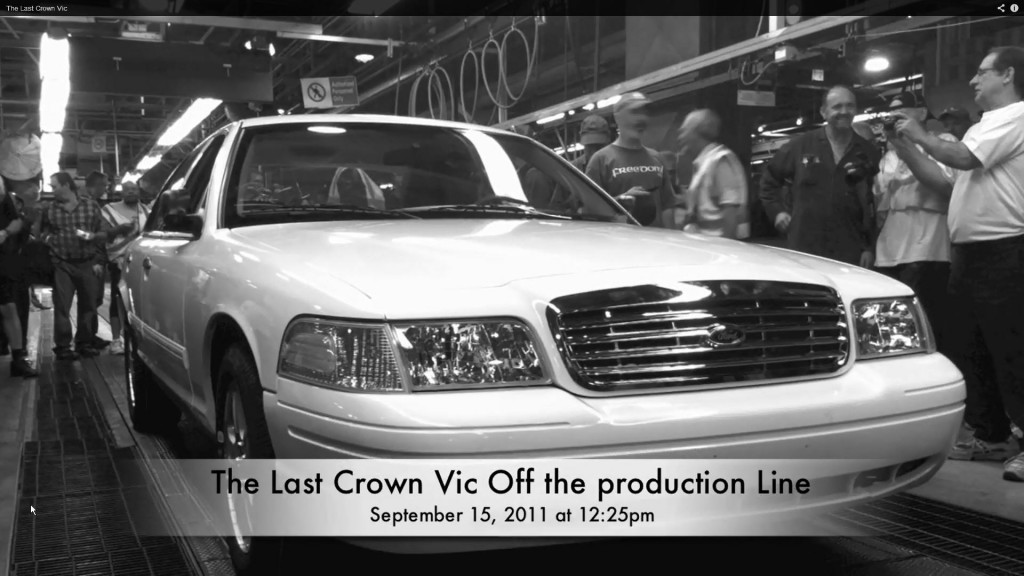 I write this post in retrospect, realizing that perhaps I should have written it at least two years ago. But, of course, those niggling points like Life tend to get in the way of things you wanted to do and things you actually did.
I write this post in retrospect, realizing that perhaps I should have written it at least two years ago. But, of course, those niggling points like Life tend to get in the way of things you wanted to do and things you actually did.
I make, however, this post in the mirrored reflection of having been a cop for over 40 years and having driven every vehicle known to Copdom, from the 70s to now. And all points in between. Including the CVPI for a number of years in its many iterations.
The Ford Crown Victoria Police Interceptor is dead. Long live the CVPI.
There. I said it.
Because as a cop, and an EVOC instructor, I had a love/hate relationship with the Ford CVPI.
First, please see the video. To me, now, this is a sad time.
A clearly delineated time ends now, the end of an era, the end of a training paradigm, the end of a series of instructors, and an end to a “tool,” if you will, that kept cops safe for years and years and years.
Though it was anemic (via a massive 4.6L V8 engine = to 280 cubic inches), and shallow, and underpowered, it also managed to have absolutely and clearly the worst front seats in the known universe, as well as the worst sound insulation and the loudest and most abrupt transmission. It was the Panther Platform taken to the Nth degree via body-on-frame.
Plus: it only took the CVPI roughly 2,175 years to increase its output from 200 to 250 hp in its final 4.6L form.
What it did have was: interior room, back seat room, and trunk room.
It also had exclusivity. And one other factor that I shall mention later.
For many years, at least in Fornicalia, Dodge and Chrysler ruled the cop car realms. I drove this first:
 What CHP purchased, many other agencies purchased as well. So a monitoring of CHP purchases also reflected those of the rest of the state.
What CHP purchased, many other agencies purchased as well. So a monitoring of CHP purchases also reflected those of the rest of the state.
I also drove this next: http://bloviatingzeppelin.net/archives/363
I also drove:
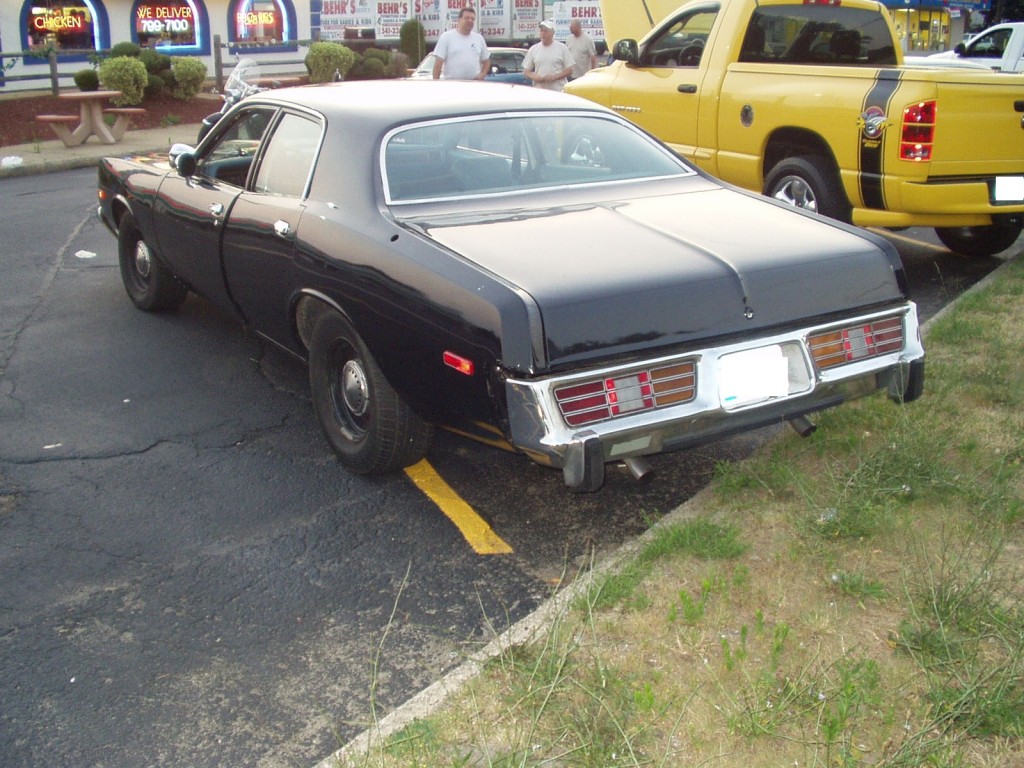 Two of my favorite cars were the Pontiac LeMans Enforcer for 1976 and 1977, and the Pontiac Catalina in 1978.
Two of my favorite cars were the Pontiac LeMans Enforcer for 1976 and 1977, and the Pontiac Catalina in 1978.
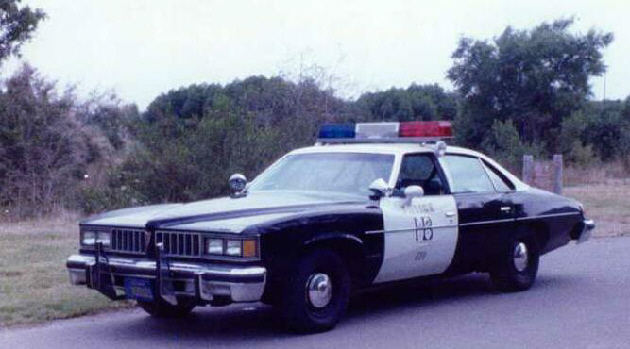 The County of Sacramento Sheriff’s Department 600 and the 700 series Pontiacs were essentially the same, but with different cloth seats and colors. The front seats were very deep and you felt as though you were witnessing Life through a lower portion of the windshield.
The County of Sacramento Sheriff’s Department 600 and the 700 series Pontiacs were essentially the same, but with different cloth seats and colors. The front seats were very deep and you felt as though you were witnessing Life through a lower portion of the windshield.
The 800s included the Pontiac Catalina, which featured the MDT mounted high and right up in your face. The shotguns were mounted horizontally, directly above your head and attached to the cage. The shotguns in the 1978 Catalinas were mounted to the floor, under your legs.
After that, my department purchased a number of Chevrolet products until the first Crown Victorias emerged. They were large and square and alternated between the 80s and 90s.
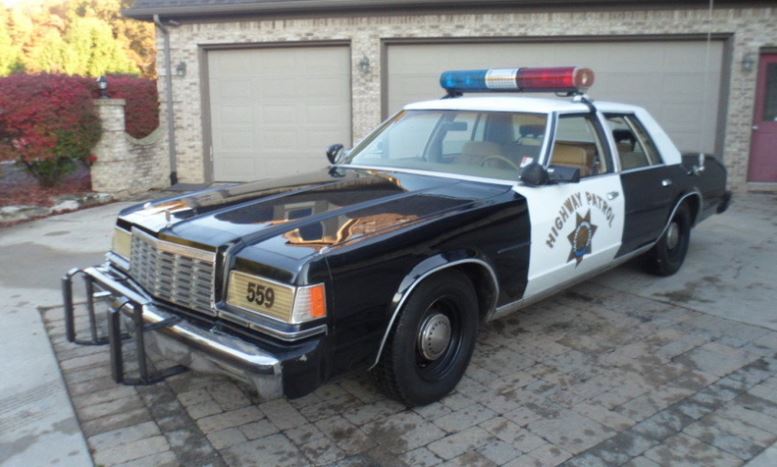 The absolute worst vehicle purchased by the Sacramento Sheriff’s Department was the Dodge St Regis or, as I enjoyed calling it, the Dodge St Slow-gis. This reprehensible excuse for a cop car was produced on a large body with an anemic 318 engine producing a whopping 155 HP — less horsepower my 2002 Subaru Outback Sport created. Zero-to-60 speeds were roughly an hour.
The absolute worst vehicle purchased by the Sacramento Sheriff’s Department was the Dodge St Regis or, as I enjoyed calling it, the Dodge St Slow-gis. This reprehensible excuse for a cop car was produced on a large body with an anemic 318 engine producing a whopping 155 HP — less horsepower my 2002 Subaru Outback Sport created. Zero-to-60 speeds were roughly an hour.
Here’s an actual story. I was rolling end of watch from District 4 to the North Station and, impatient as I was, floored my 1980 Dodge St Regis as I entered eastbound I-80 traffic. Just prior to my exit at Madison Avenue in the space of three miles, I had achieved the staggering speed of 79 mph. No. I am not kidding. Floored.
Then there were the early Ford Crown Victorias.
People in Patrol hated to have them on the street, because they drank gas like water, but they also, to the giddiment of cops, had great air conditioners.
They also had the world’s worst and twitchiest steering input; no matter. Their air conditioners were great.
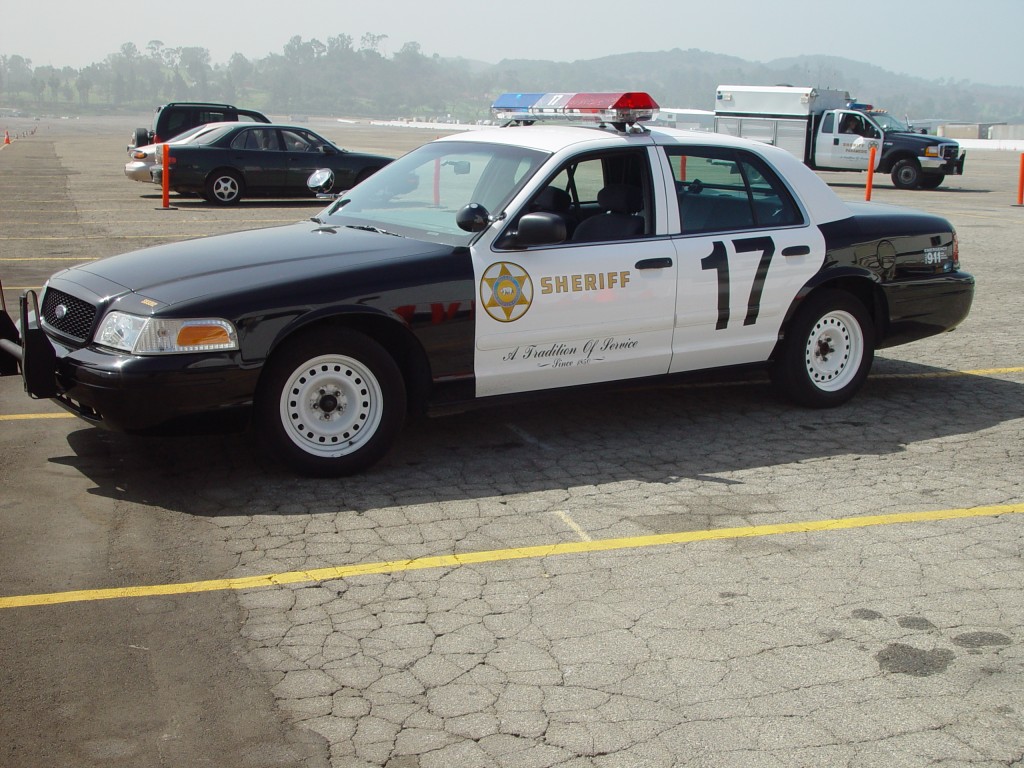 A 2003 LASD EVOC vehicle here. Because, whist in charge of my own EVOC course, I took the east and west coast trials seriously.
A 2003 LASD EVOC vehicle here. Because, whist in charge of my own EVOC course, I took the east and west coast trials seriously.
And all points in between.
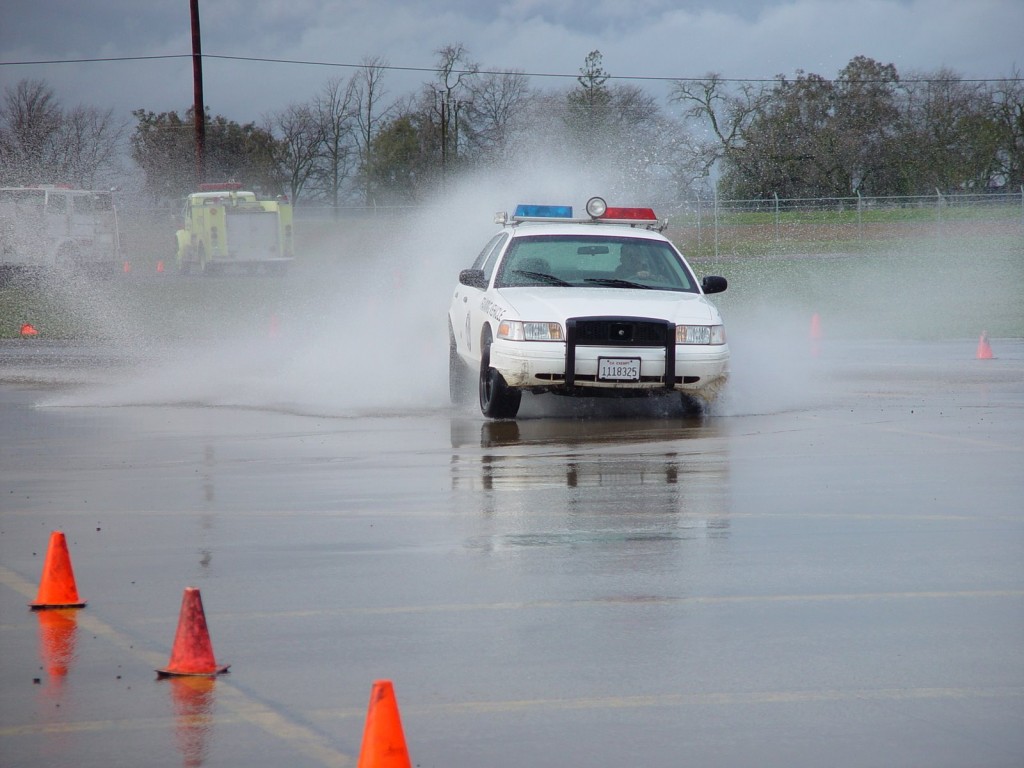
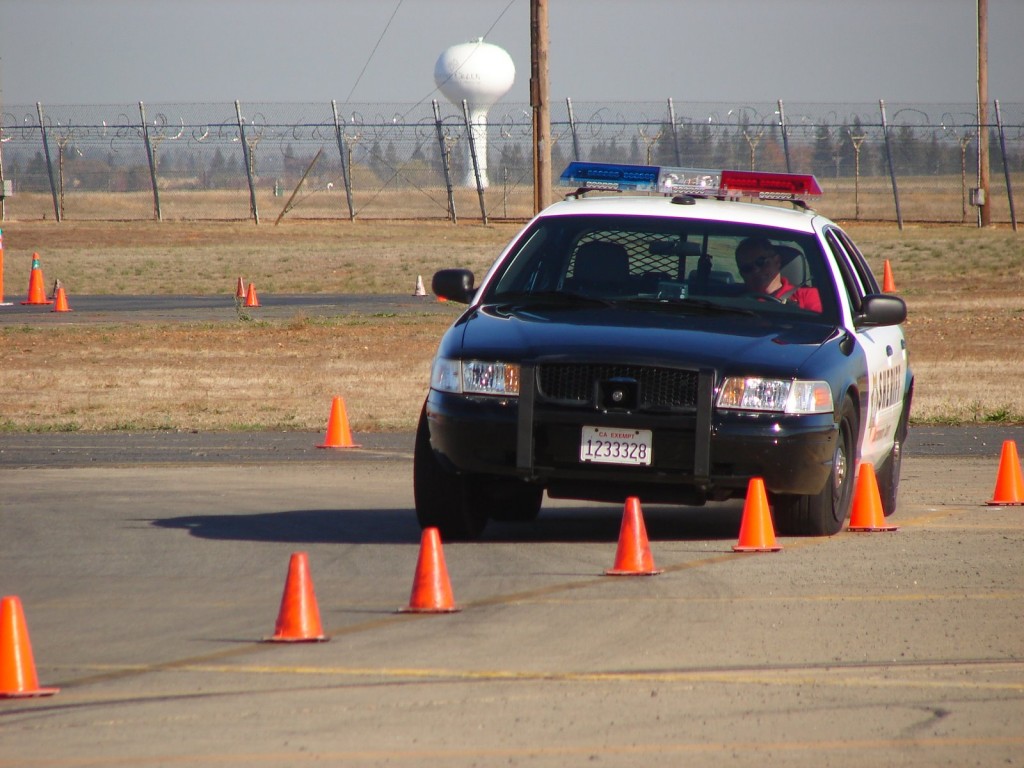 And there you go. Enough of this.
And there you go. Enough of this.
Say goodbye to the Ford CVPI.
It was a clearly simple vehicle. And the one factor I failed to mention until now?
The Ford CVPI was incredibly forgiving. It plowed when you wanted and oversteered when you wanted.
It took an amazing and astounding amount of abuse and still kept on track.
And there you have it.
I hated the bastard, and, simultaneously, I loved it.
The Last Crown Victoria, below, in its yard:
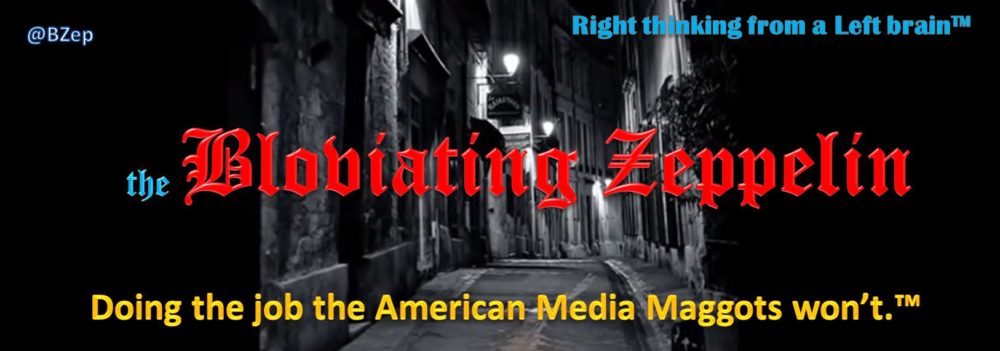
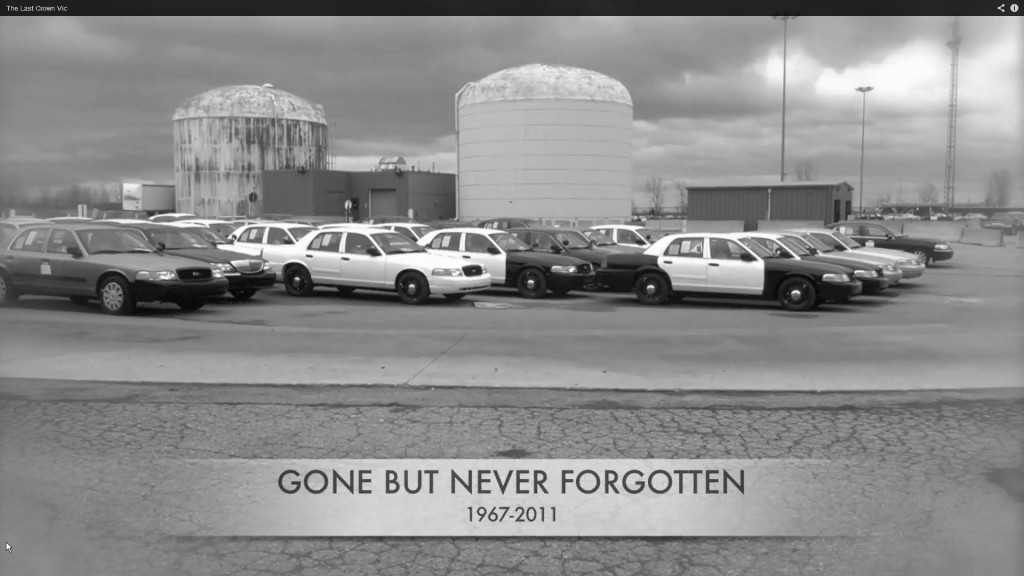

I still have my 1996 CVPI. It has less than 140,000 miles on it.
I bought the vehicle in 1999 to replace a 1985 Chrysler 5th Avenue because (1) the CVPI’s price was a bargain and (2) because the CVPI’s trunk is huge.
In 2005, my CVPI saved my life when I was rear-ended by an illegal immigrant, also driving a CV. My CVPI took the hit and is still on the road.
My CVPI is the best car I’ve ever owned! The absolute best! Few repair bills, reliable — the whole shootin’ match.
Bought it used from the cops, did you? Hope you didn’t mind the rubber mats. But durable as hell, eh?
BZ
I got the vehicle for less than 1/2 NADA value.
Now THAT is a value and a bargain.
Can’t dispute that!
BZ
“What CHP purchased, many other agencies purchased as well. ”
I have noticed the local Chippies are starting to take delivery of Ford Explorer patrol vehicles. While I haven’t talked to any of them as to whether they like them or not, they look bad-ass.
I have heard that with all of the crap that patrol units are required to carry these days, many traditional patrol units were over gross when a hefty person or two were locked in the cage. I have to wonder if the Explorer is the wave of the future.
CHP got the 3.7L V6 engine with 300 hp, 0 – 60 in 7.8 seconds, 125 top speed.
CHP went with the SUV version instead of the, essentially, Taurus SHO, because the weight rating was higher on the SUV.
BZ
And, of course, the CVPI lives on second-hand in numerous cab companies around the nation – Discount Cab, here in Phoenix, buys them up and runs them into the ground, replaces the motor, runs them into the ground again, then sells them.
But they do be comfortable.
And that says a lot, in and of itself, for the CVPI. Not sure they’re gonna get that kinda life out of the new generations.
BZ
While a great patrol car, it did have it’s drawbacks. A number of folks injured and killed due to the unshielded gas tank, a Phoenix Police Officer among them. He survived, and has many burn scars, including his face.
gfa
That’s quite true, Jason Schechterle. An amazing story is here:
http://www.azcentral.com/storytellers/video.php?vid=943092614001
A bolt on the axle on the older units, in a rear end crash, would pierce the gas tank and tend to atomize the fuel. This issue was solved in the later units. However, no vehicle can sustain a triple-digit rear end impact and expect the passengers will be in good shape.
That said, Guffaw, thanks for dropping by, reading and commenting. Please come back daily.
BZ
I put 260,000 miles on a 1991 Town Car. That year, the Lincolns used the same 4.6L as the F-150. One starter, one alternator, and two serpintine belts – that’s it. Last I heard, it is still on the road. Best road warrior vehicle ever!
Same car as the Vic except for rear air suspension. Consistently got 22-24 mpg.
Ugly, the cop seats were the worst, but they did their jobs and for that I have to respect them.
The 4.6L engine was ubiquitous. Underpowered, but ubiquitous.
BZ
The Town Car was a pig to drive fast on curves, but on rails on a good highway where you needed to make miles and not be beat up. For a big guy like me the choices were limited. Being in the retail (dealer) side of the auto industry I could have driven almost any vehicle on the market. Stuck with Ford products as the most cost effective vehicles on the market. Of course, didn’t need the type of vehicle the police need. Who loves Fords? Fleet managers.
Fleet Managers loved the lengthy holding of the CVPI. That meant their parts bins could be kept the same for many and many years.
Sometimes simple IS good.
BZ
Great recall and memories BZ.
The best for my use ,in the Eastern High Sierras high altitude, including Sonora Pass and Tioga Pass, and US395 highway was the 1980 Dodge Polara.
HUGE powerful engine that could pull me up these grades at speeds most people would not believe.
What went fast also had to stop on these downgrades and new brakes were needed monthly, sometimes earlier. But we had 2 full time mechanics at the Cal-Trans station on US 395 to fix them.
Between Reno and LA on 395, I was the “punched trunk” king of felony car stops. Ahhhh memories being re-lived, as you certainly will know soon.
I’ll suggest, Mr C, the 1980 Polara didn’t exist in the venue you submit.
http://en.wikipedia.org/wiki/Dodge_Polara
In 1980, my department went with the Dodge St Regis.
http://en.wikipedia.org/wiki/Dodge_St._Regis
It was one of the WORST cars we ever purchased. We piggybacked with CHP and were sorry for it.
“There was a controversy in 1980 with the police version of the St. Regis. The California Highway Patrol (CHP) used the St. Regis in 1979 with the 190 hp 360 cu in four-barrel V8 and it was deemed acceptable for patrol use. In 1980 all that was available in California was a 155 hp 318 cu in 4 bbl V8 with the California emissions package, mandated by the California Air Resources Board.”
And THAT was the piece of shit WE acquired via CHP.
BZ
http://bloviatingzeppelin.net/archives/363
BZ
Performance comparison 78 Fury[1] 78 Monaco[1] 79 St. Regis[2] 80 St. Regis[3] 81 St. Regis[4]
Engine (cid) 440 400 360 360 318
HP, SAE 255 bhp 190 bhp 195 bhp 185 bhp 165 bhp
Axle ratio 2.71:1 3.21:1 3.21:1 2.94:1 2.94:1
Weight (lbs) 4,413 4,369 4,530 4,100 4,086
Wheelbase (in) 117.4 117.4 118.5 118.5 118.5
Road course lap time 91.1 93.6 91.65 91.8 93.93
0–60 mph NA NA 10.1 11.3 12.76
0–100 mph 24.8 34.4 30.2 36.7 45.72
Top Speed, mph 133 117 122.9 122.7 114.7
Braking, ft/sec2 23.3 22.6 21.4 23.5 23.67
1/4 mi. time NA NA NA 18.4 19.63
1/4 mi speed NA NA NA 77.5 74.50
Fuel, EPA city 10 13 12 11 15.5
BZ